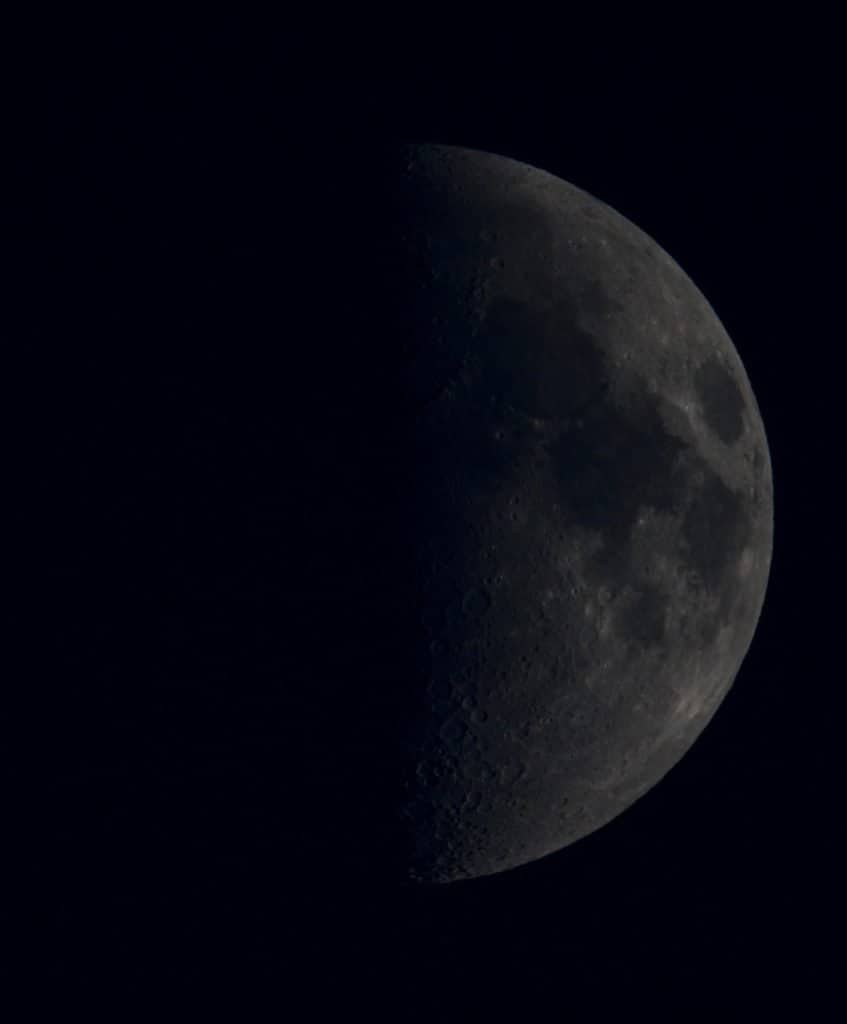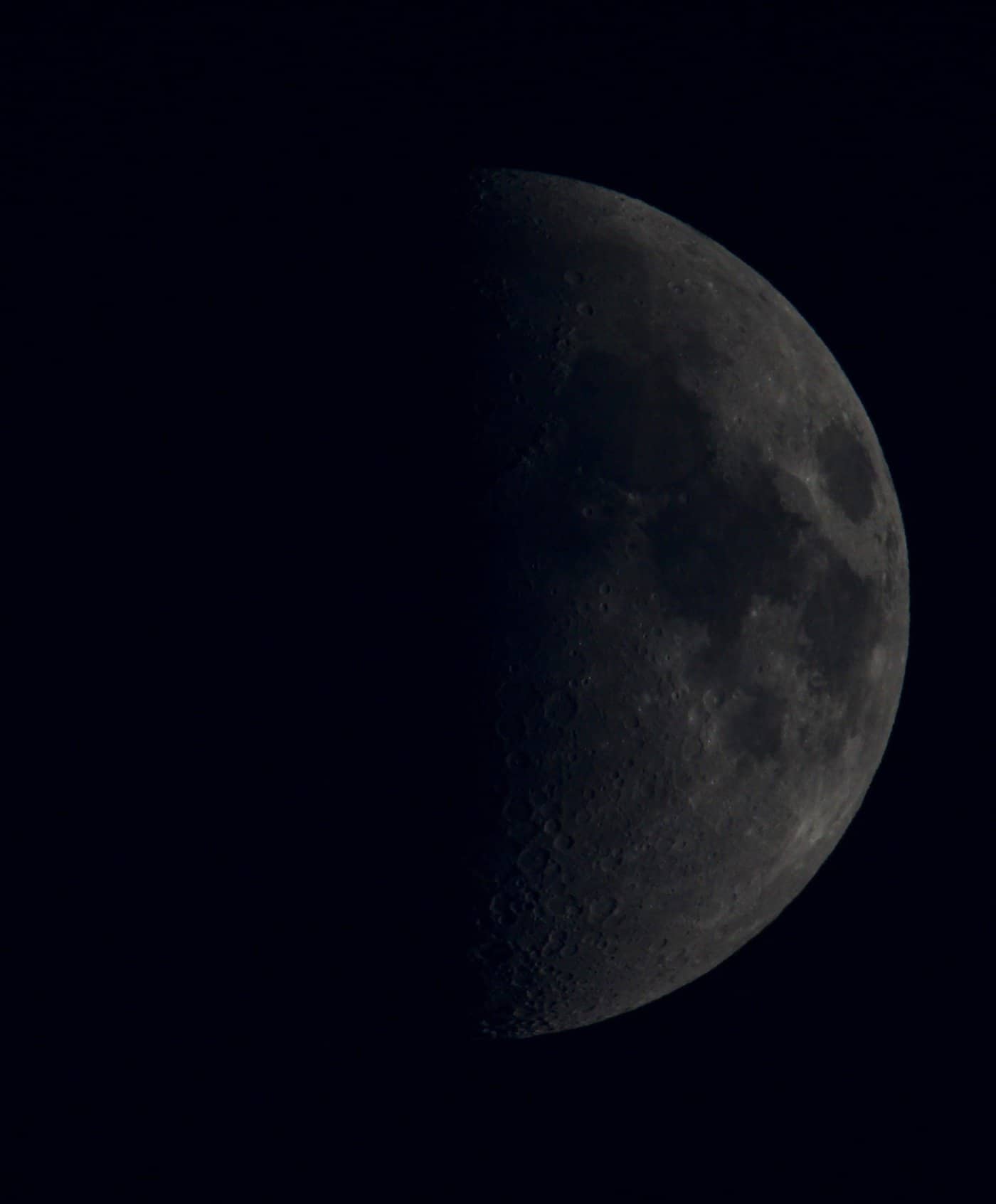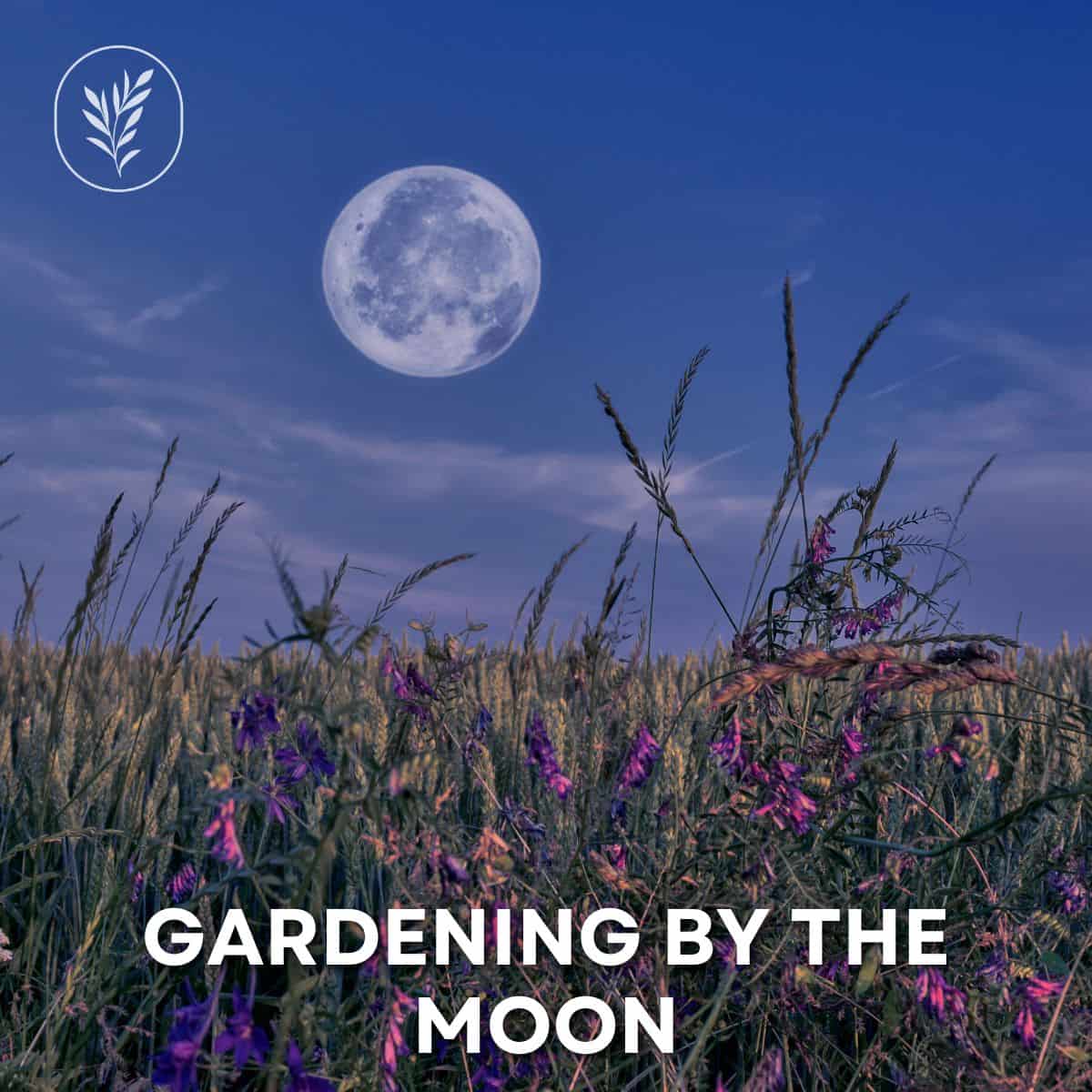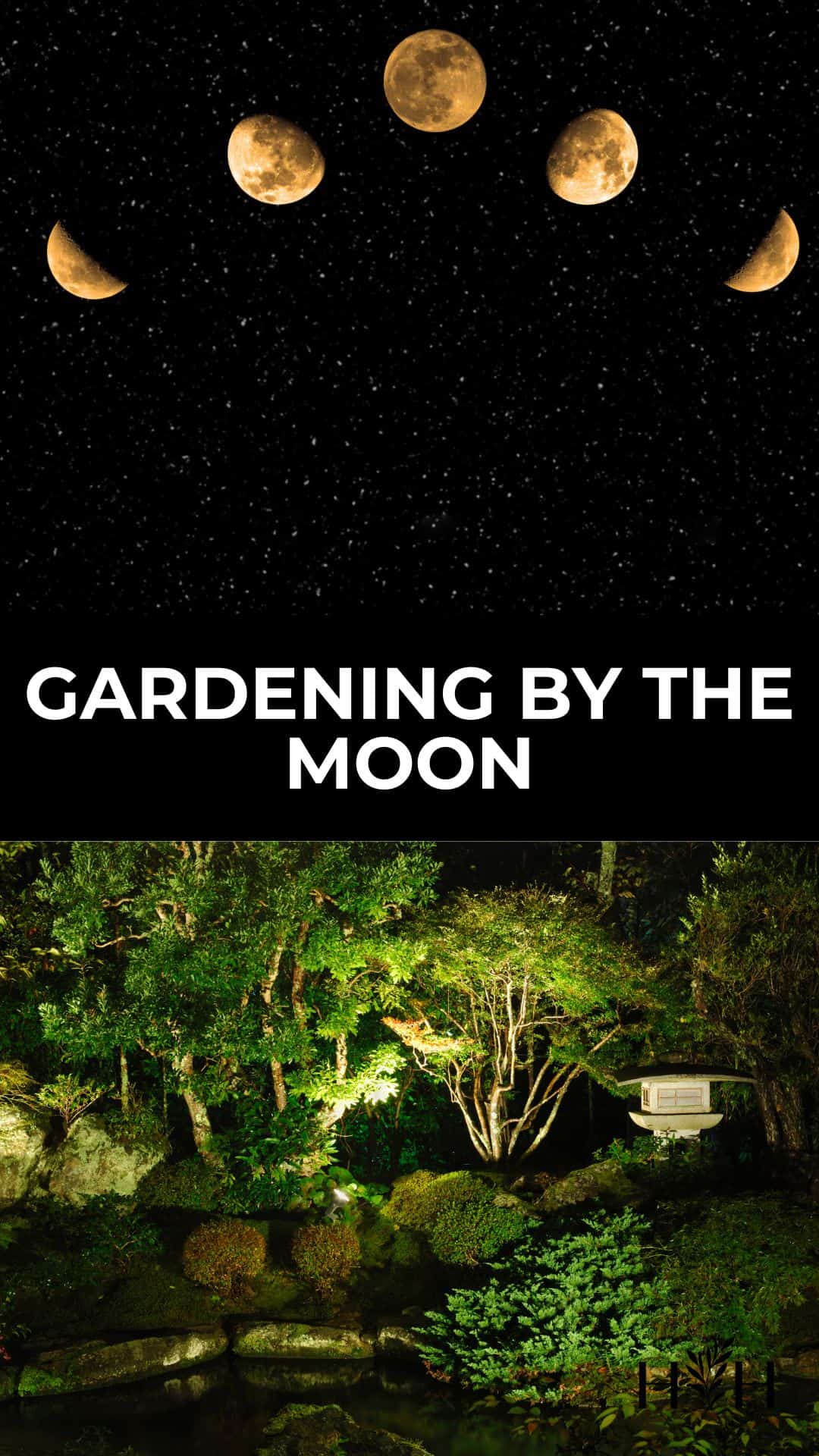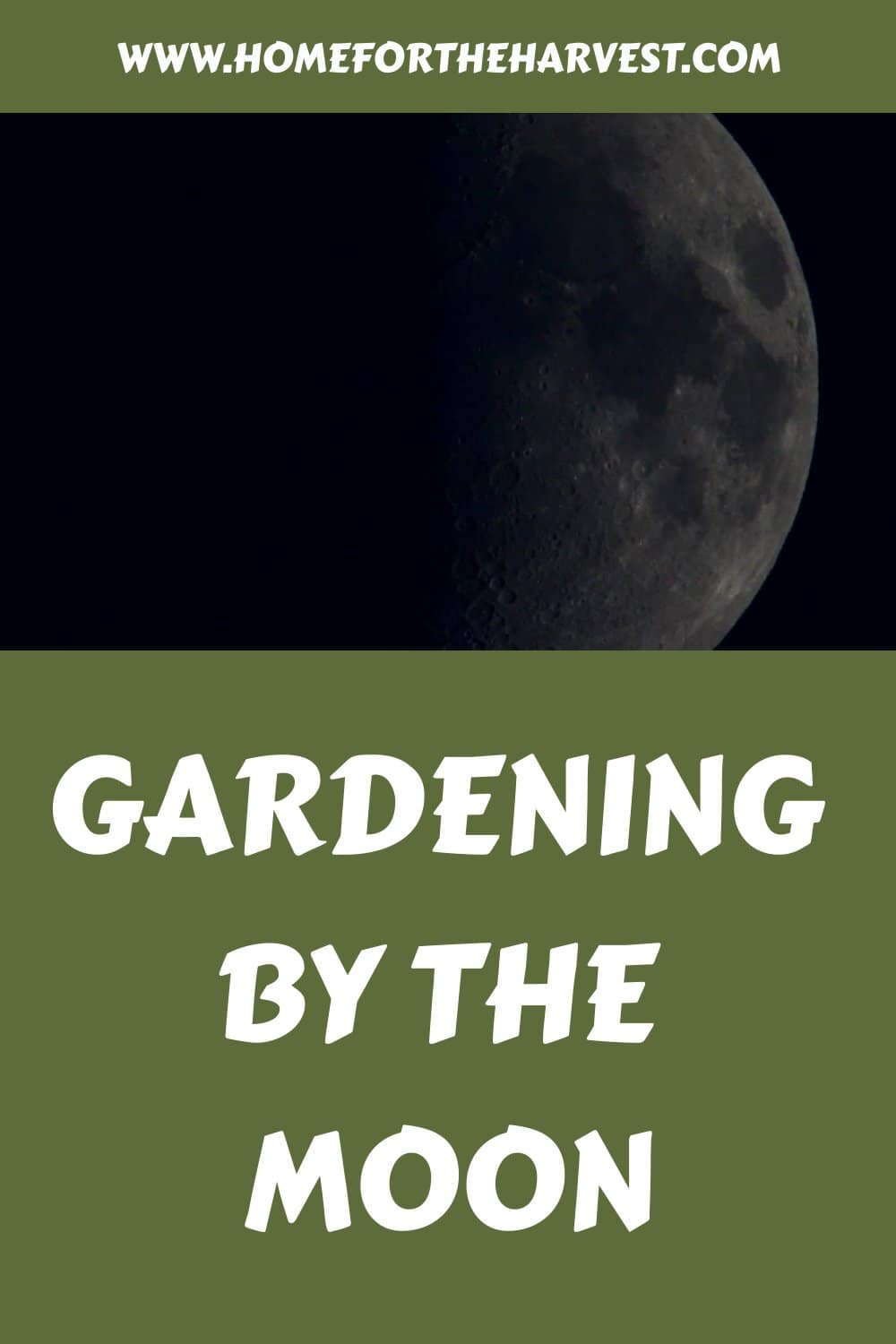Have you tried gardening by the moon? Although lunar gardening is becoming more and more popular each year, it’s not a new method of gardening. Scheduling garden activities by the moon’s phases goes back to a time when the most reliable calendar was the moon and stars. This ancient calendar and the traditions for planting it are absolutely fascinating.
Gardening by the moon
People who practice gardening by the moon say that moisture in garden soil is influenced by the moon, just like the moon’s influence on tides. The moon pulls moisture up to the surface of the garden soil where it can be best utilized by crops. The increase in moisture helps seeds germinate, speeds plant growth rates and produce more abundant harvests. There is also a possibility that the increases and decreases in overnight light during different lunar phases can impact the germination of seeds that prefer light or dark environments to germinate.
There are three common “difficulty levels” of gardening by the moon. The simplest way to align your gardening activities with the moon is by following the waxing and waning cycles. A slightly more involved method involves following the four quarters of the lunar cycle. The most involved common method is a part of biodynamic gardening, which includes combining the quarterly moon cycle with the Zodiac.
Before I get into the details of how to garden by the moon, I should note that this post is not about whether or not gardening by the moon actually works. This post is about how to implement lunar gardening in your garden if you’ve decided it feels right to you. There’s no harm in trying, and it might give your planting schedule a framework to go from. I should also note that there are many detailed books on this subject that delve into it with far more experience and detail than in this post. This is a simple guide to help you get started.
Basic moon gardening: Waxing and waning cycles
The most simple method of gardening by the moon is to plant annual plants during the waxing moon and biennial/perennial plants during the waning moon. This roughly corresponds to planting above-ground crops during the time when the moon is getting brighter, and planting below-ground crops when the moon is getting darker.
This system is the easiest way to start gardening by the moon’s cycles as it’s pretty simple to follow. All you have to do is look up whether the moon is waxing or waning, and get to work planting!
Keep in mind that some “annual” vegetables are actually biennials. Plants like carrots and many other root crops fall into this category. They produce the root vegetable in their first year and then produce seeds in the second year. Get clear on which of your crops are annuals and which are biennials/perennials prior to planting by the moon.
Gardening during a waxing moon
During a waxing moon while the light is increasing, sow and transplant flowering annuals and other short-lived plants from which you’ll harvest leaves, seeds, flowers, or fruits. The waxing moon is also a good time for adding liquid fertilizers like homemade compost or comfrey tea to your garden. Lastly, the increased flow of moisture in long-lived plants makes the waxing moon a good time for grafting shrubs and trees.
Gardening during a waning moon
During a waning moon while the light is decreasing, sow plants that depend on strong root systems such as root crops and perennials. The waning moon is also a good time for solid soil amendments such as worm castings. Pruning can also be completed during the waning moon in dormant periods of the year when sap flow is decreased. Lastly, harvesting crops are well suited to the waning moon.
Next step lunar gardening: Gardening by the four quarters
A more involved method of gardening by the moon involves dividing garden tasks into the four quarters of the moon cycle rather than just the waxing and waning moon.
Gardening during the New Moon
The New Moon is the perfect time to plant annual plants grown for their leaves and stems. This quarter is a period of excellent leaf growth as light is low but increasing. Plant leafy green veggies such as lettuce, spinach, and kale, as well as many herbs during the New Moon.
Gardening during the First Quarter
The First Quarter is a great time to plant fruiting annual plants that grow above ground. This quarter is a period of excellent fruit production on many plants as light increases. Plant squash, beans, peas, and tomatoes (veggies with seeds inside them) during the First Quarter.
Gardening during the Full Moon
The Full Moon is the best time to sow root vegetables and perennials. This quarter is a period of strong root growth as energy draws down into the earth. Plant root vegetables like potatoes, onions, and carrots, as well as perennials like fruit trees, rhubarb, asparagus, and bulbs during the Full Moon.
Gardening during the Last Quarter
The Last Quarter is the best time for garden maintenance. This quarter is a time of rest for garden plants when sowing and planting are paused. Complete your garden chores such as making compost, weeding, mulching, and harvesting during the Last Quarter.
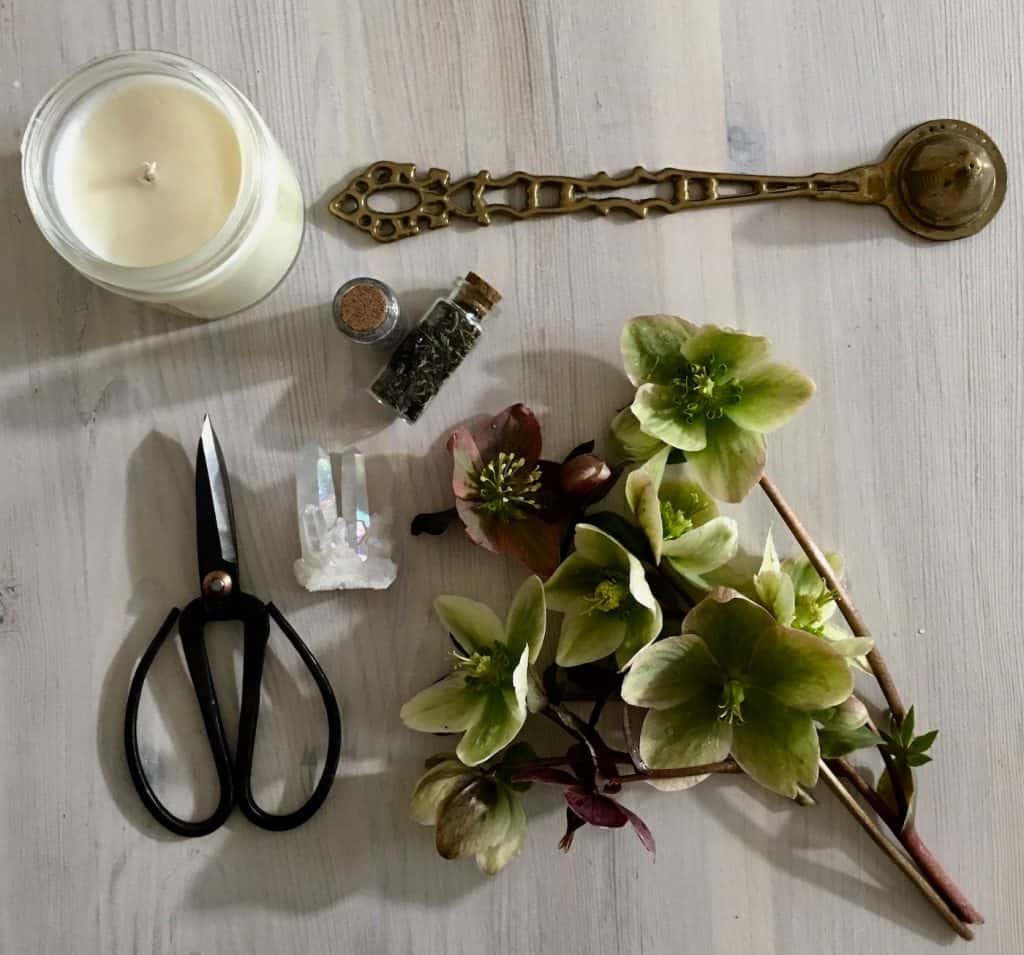
Advanced biodynamic gardening: Getting the Zodiac involved
If the moon phases aren’t enough celestial guidance for your garden, there is a more detailed method of gardening by the moon which involves using the moon phases in combination with the 12 Zodiac signs. This method, called biodynamic gardening (or Demeter gardening), was popularized by Rudolf Steiner.
Biodynamic gardening and agriculture are becoming increasingly popular as well-known farms and reputable wineries adopt biodynamic practices (especially in Europe). There is also more research being done about biodynamic agriculture as interest increases.
Biodynamic gardening combines the moon phase scheduling explained above with the Zodiac sign to create a calendar for planting various crops. The Zodiac consists of signs which correspond to the elements of water, earth, fire, and air. Biodynamic gardening provides guidance for different plants, as each type has a preference for the method.
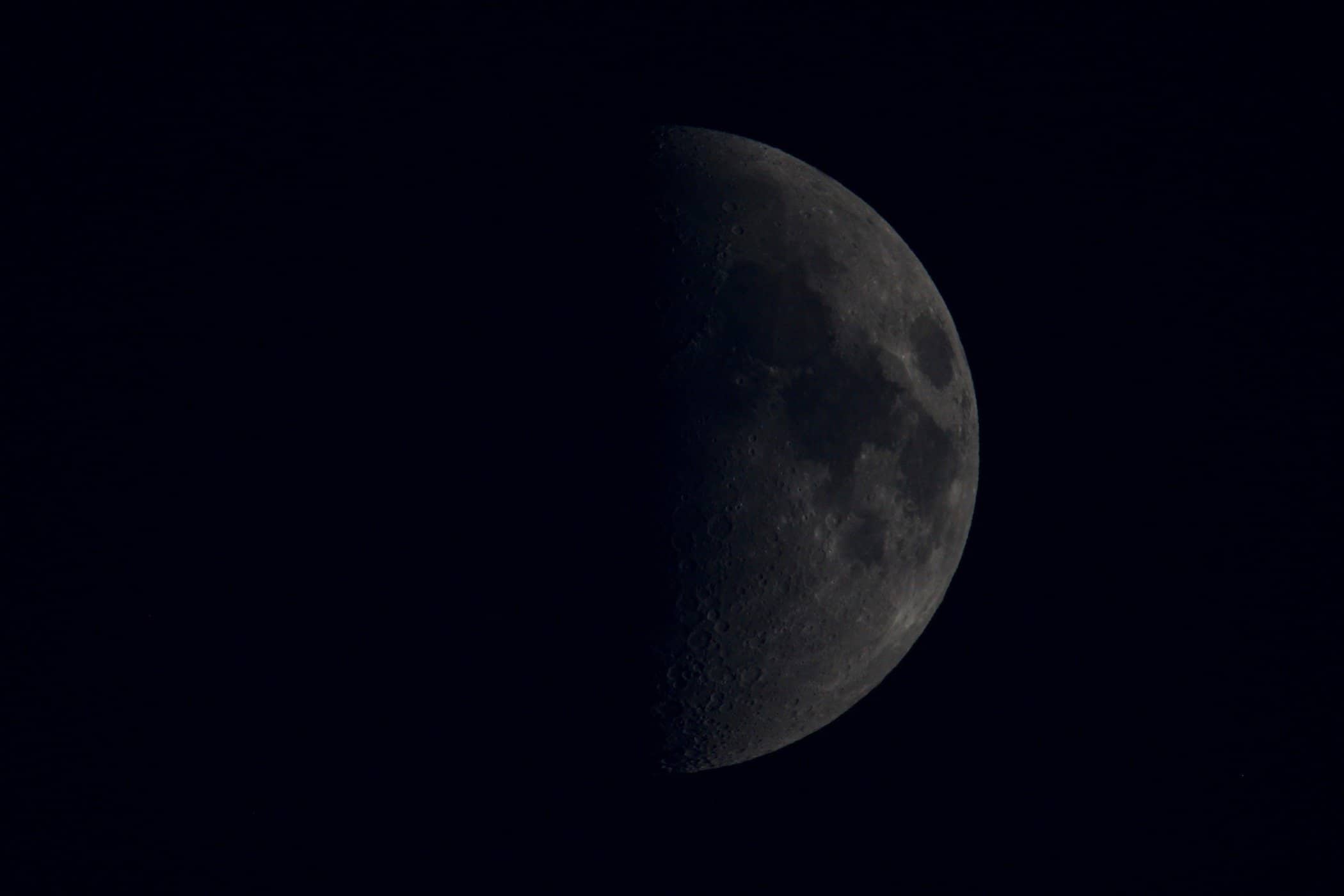
Gardening by the Zodiac
Biodynamic gardening groups plants into four categories based on parts of a plant: the roots, leaves, flowers, and fruit/seeds. Root crops include crops like carrots and beets, leaf crops include things like lettuce and chard, flowers include flowering bulbs and broccoli, and fruiting crops include plants like tomatoes and grains.
There are many intricacies in biodynamic gardening, but here is a quick summary of which plants to focus on during the different Zodiac Elements:
- Fire (Aries, Leo, Sagittarius) = Fruit/Seed
- Earth (Taurus, Virgo, Capricorn) = Root
- Air (Gemini, Libra, Aquarius) = Flowers
- Water (Cancer, Scorpio, Pisces) = Leaf
To garden biodynamically, use the moon phase scheduling system described in the previous section with the zodiac calendar to create your own unique garden schedule.
Biodynamic gardening calendars
Due to the intricacies of biodynamic gardening, some gardeners choose to purchase annual biodynamic garden calendars. A detailed biodynamic calendar is produced each year in Germany by Matthias Thun (son of biodynamic researcher Maria Thun) and is worth looking into if you’re serious about biodynamic gardening.

Gardening by the Moon
There are lots of different options for scheduling out your garden by the moon, but there are main themes that persist throughout the different systems explained above. I’ve not tested these methods in any sort of scientific detail, but I’m still fascinated by them.
If gardening by the moon feels right to you, I encourage you to try it out! Gardening is a constant experiment, and if this is something that you consider interesting, give it a try. I find that most people that feel a connection with moon phases both enjoy and find success in aligning their garden activities with the moon :)
